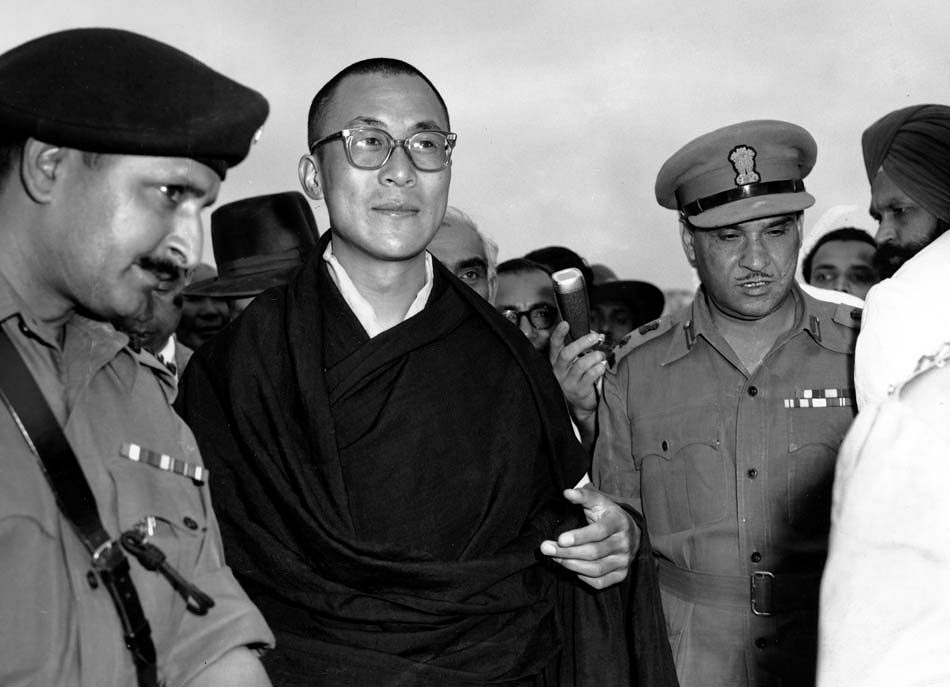As part of the tour of its historical archives, Swarajya presents a special anthological series about the Sino-Indian War of 1962.
The Dalai Lama, the spiritual and temporal sovereign of Tibet, is an able and attractive young man who has just earned his doctor’s degree under Chinese professors.
He has hitherto met the wishes of Peking only in so far as he has acted as chairman of the Preparatory Committee for the Autonomous Region of Tibet. According to Tibetan custom, he should now, I’m told, tour his vast, but still- in spite of new Chinese roads- undeveloped country, where he is universally venerated.
The Chinese fear that the effect of such a royal progress would be to strengthen the morale of the rebels. So far, the Dalai Lama has refused their invitation to go to Peking. Tibetans now fear that Peking intends to abduct him.
Their leaders now believe they can depend on the army, and focus the discontent of the mountain peoples who acknowledge the Dalai Lama’s sovereignty not only within Tibet, but also over the frontiers- into Sikkim, Nepal and Ladakh. A word either way from the Dalai Lama could be decisive. Here is ample cause for Nehru’s anxiety.
Introducing ElectionsHQ + 50 Ground Reports Project
The 2024 elections might seem easy to guess, but there are some important questions that shouldn't be missed.
Do freebies still sway voters? Do people prioritise infrastructure when voting? How will Punjab vote?
The answers to these questions provide great insights into where we, as a country, are headed in the years to come.
Swarajya is starting a project with an aim to do 50 solid ground stories and a smart commentary service on WhatsApp, a one-of-a-kind. We'd love your support during this election season.
Click below to contribute.
Latest
